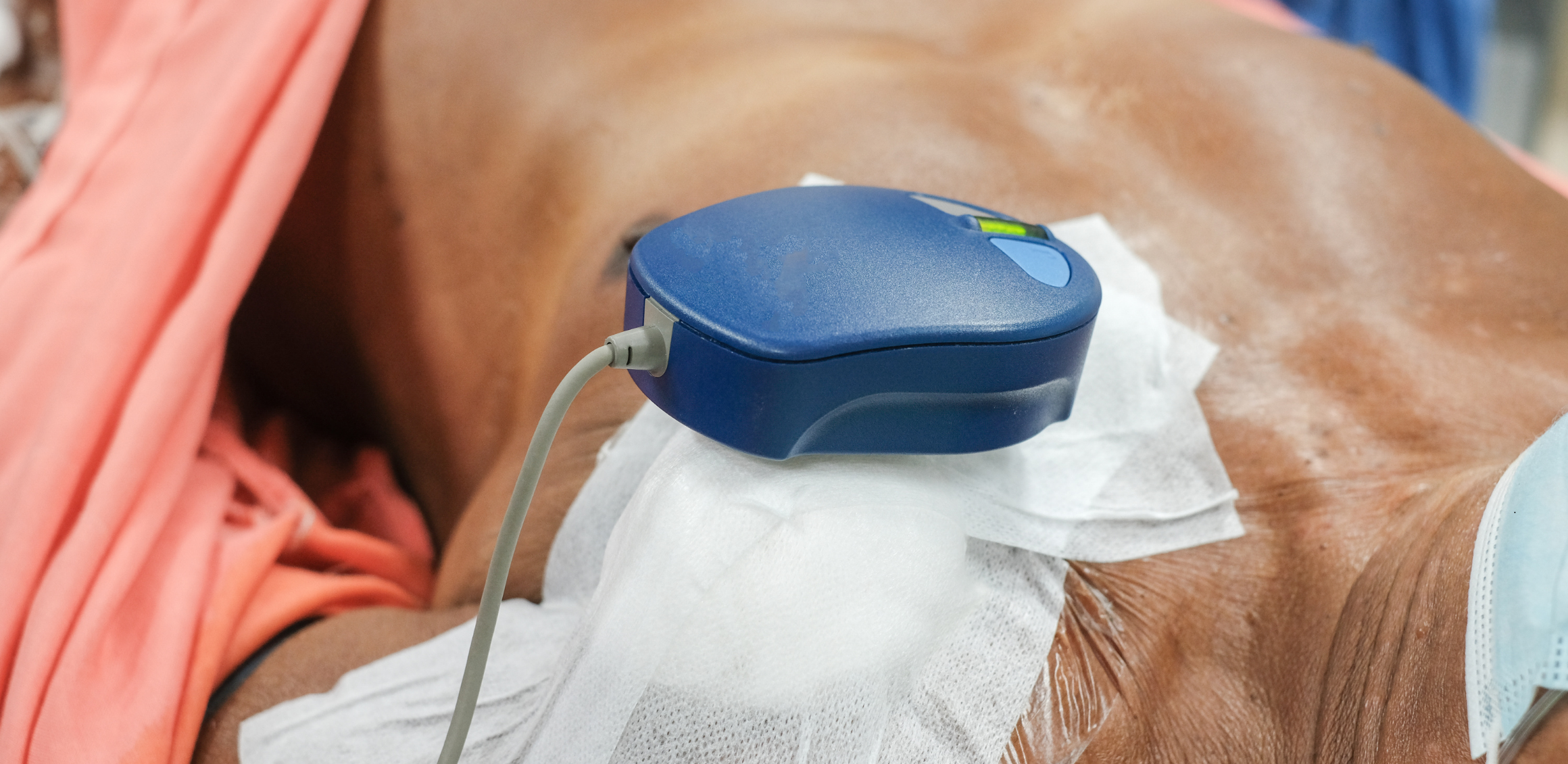- TAVI
- Tri-Klip
- Complex Coronary Interventions
- CTO Treatment (Chronic Total Occlusion)
- Balon Mitral Valvuloplasti
- Pulmonary Balloon Valvuloplasty
- Septal Ablation
- ASD (Atrial Septal Defect)
- Coronary Arteriovenous Fistula Closure
- Paravalvular Leak Closure
- Ablation Methods for Tachycardias
- Supraventricular Tachycardias
- Atrial Fibrillation
- Epikardial Ablation
- Stereotactic Radiosurgery
- Lead Extraction
- Device Implantations
- Pacemaker / ICD
- CRT / CRT-D Implantation
- Wireless Pacemakers
- Renal Denervation
- Non-Surgical Treatment of Aortic Aneurysms and Ballooning
- Cardioneural Modulation

Extraction of Cardiac Leads (Permanent Pacemaker and Implanted Defibrillator Lead Removal)
Cardiac lead extraction involves the removal of electrode leads connected to cardiac devices such as pacemakers or cardioverter-defibrillators.
Extraction of Cardiac Leads (Permanent Pacemaker and Implanted Defibrillator Lead Removal)
Cardiac lead extraction involves the removal of electrode leads connected to cardiac devices such as pacemakers or cardioverter-defibrillators. This procedure is performed for several reasons, including lead infection, malfunction, obsolescence, or venous occlusion. Lead extraction is typically carried out using minimally invasive surgical techniques by expert cardiologists or cardiothoracic surgeons.
Reasons for Lead Extraction
- Infection: Removal of infected leads and devices is necessary.
- Malfunction or Damage: Leads that have ceased to function properly or have mechanical damage.
- Obsolescence: Leads become unnecessary when a new device is implanted.
- Venous Occlusion: Leads causing blockages in the veins.
- Other Reasons: Removal required during device replacement or revision procedures.
Steps of Lead Extraction
Preparation and Planning:
- Assessment: Evaluation of the patient’s condition and determination of the status and location of the leads to be removed.
- Imaging: Pre-procedural imaging techniques (X-ray, fluoroscopy) are used to assess the position and condition of the leads.
- Anesthesia: The procedure is generally performed under general anesthesia.
Lead Removal:
- Catheters and Sheaths: Specialized catheters and sheaths are used to safely remove the leads from their positions.
- Locking Stylets: In some cases, special wires called “locking stylets” are inserted into the tips of the leads to aid in their removal.
- Laser Sheaths or Mechanical Sheaths: Laser or mechanical sheaths may be used to cut through fibrotic tissues surrounding the leads.
Monitoring and Completion:
- Imaging and Verification: Imaging techniques such as fluoroscopy are used to ensure complete removal of the leads.
- Management of Complications: Immediate intervention if complications such as bleeding or vascular injuries occur.
Risks and Complications
- Bleeding: Risk of bleeding, especially near major blood vessels.
- Vascular Injuries: Risk of damage to the vessel walls during lead removal.
- Infection: Inherent risk of infection in any surgical procedure.
- Incomplete Extraction: In some cases, complete removal of leads may not be achievable, necessitating partial extraction.
- Other Complications: Rare but serious complications like cardiac tamponade or pneumothorax may occur.
Conclusion
Lead extraction is a complex procedure that requires careful planning and execution by an experienced team. It is crucial for resolving serious issues related to pacemaker or defibrillator leads. Throughout the treatment process, close monitoring of the patient’s condition and implementation of necessary precautions are essential. Lead extraction represents a significant aspect of modern cardiac surgery and cardiology, aimed at improving patients’ health and quality of life.
